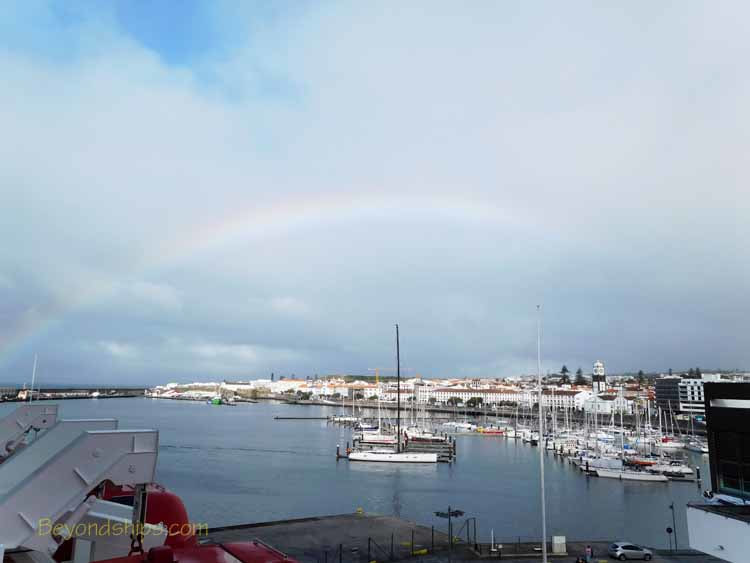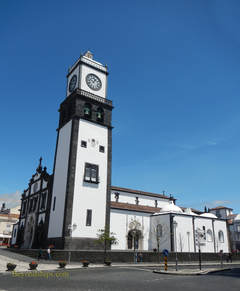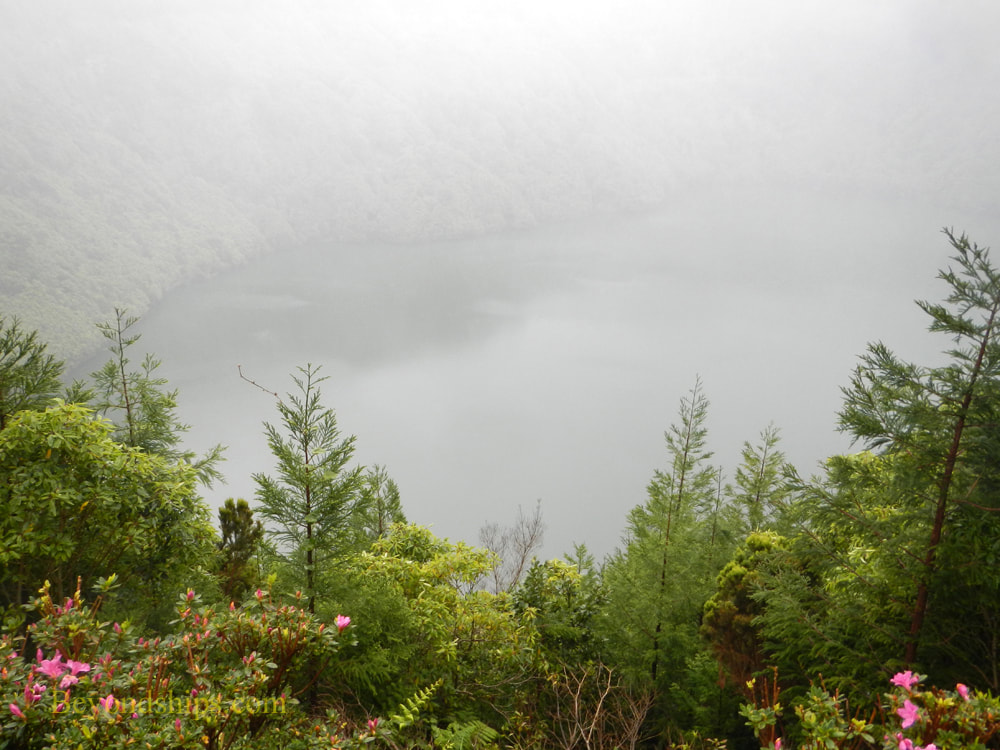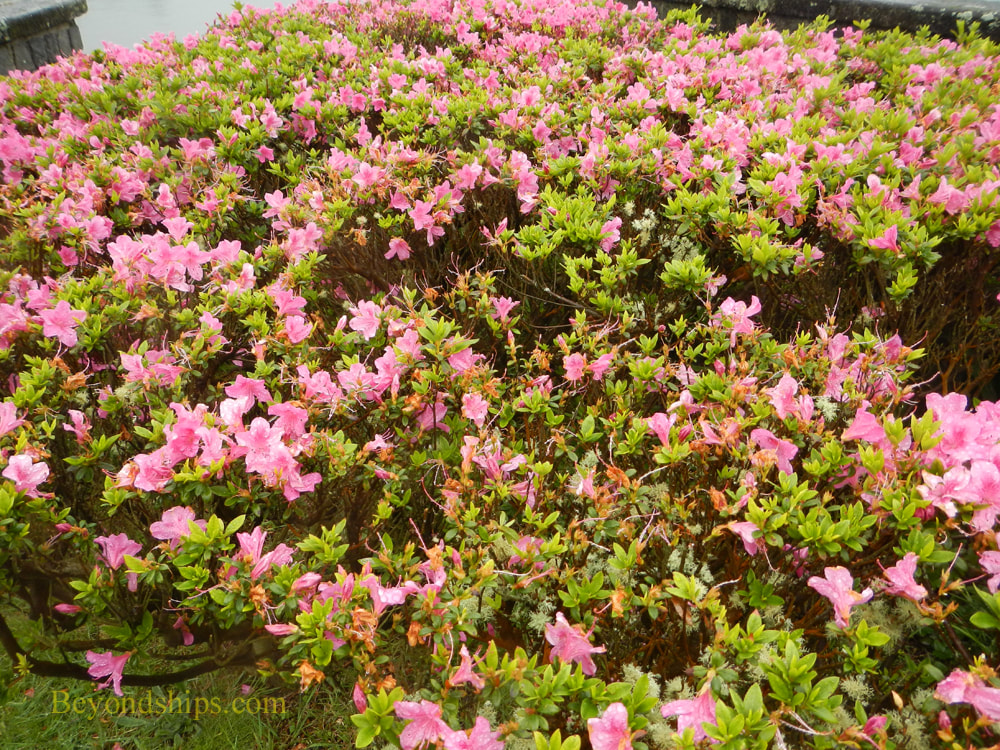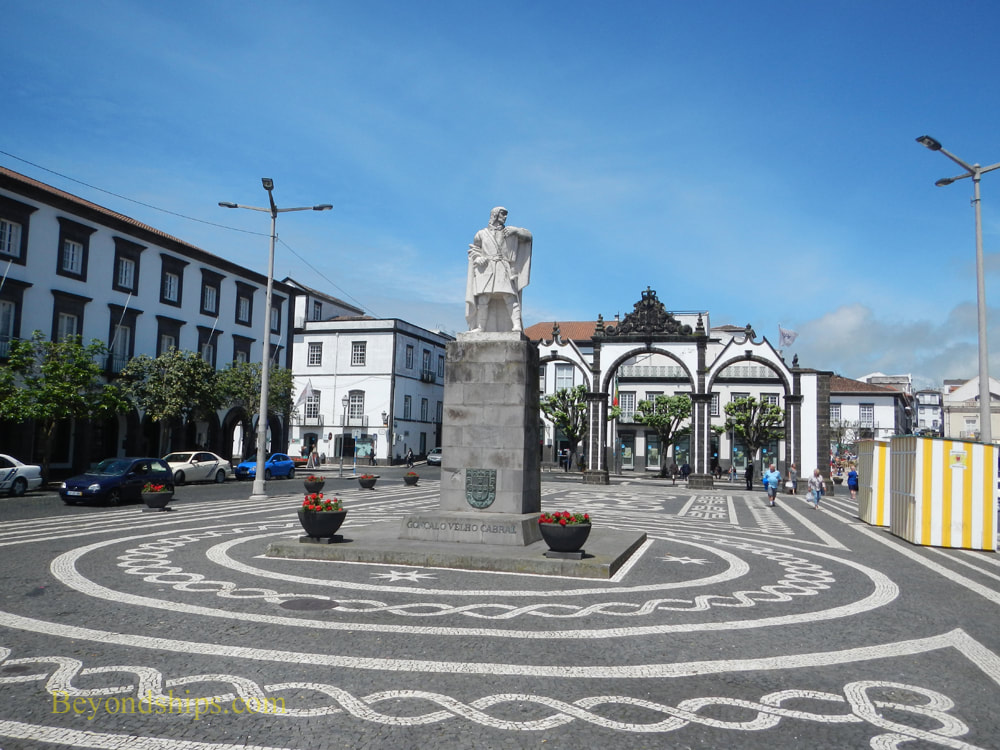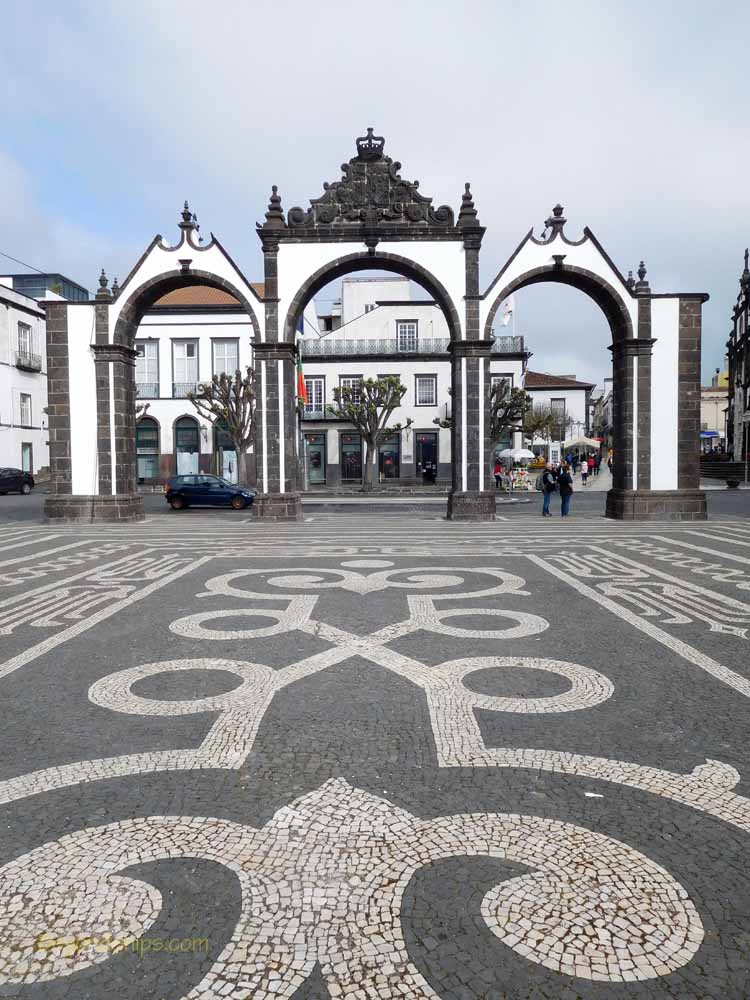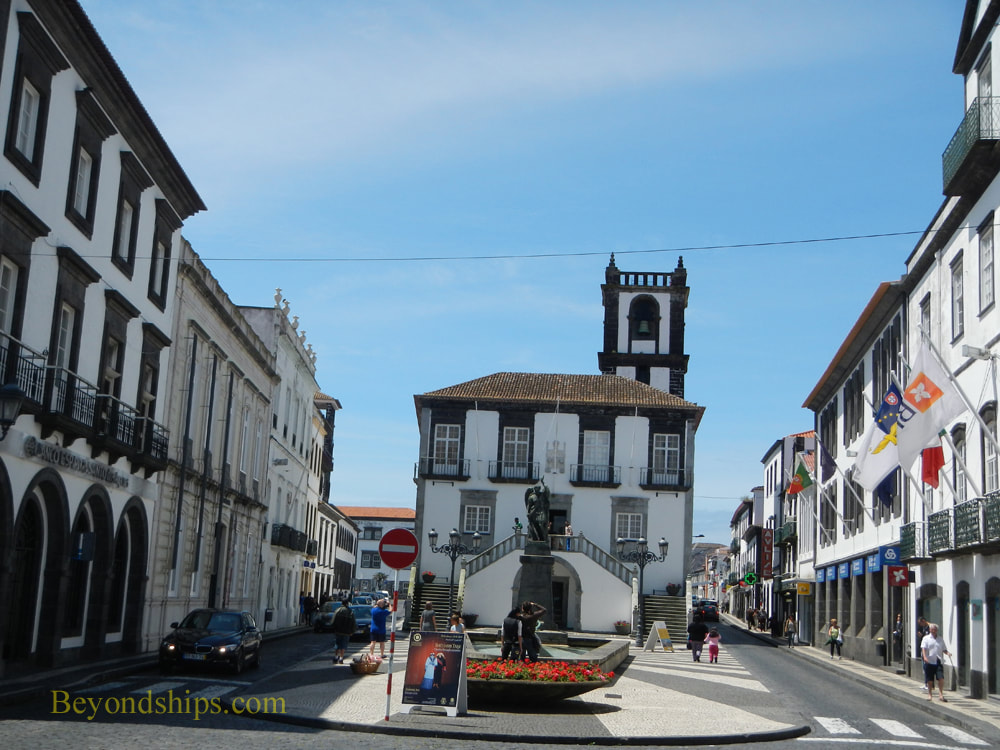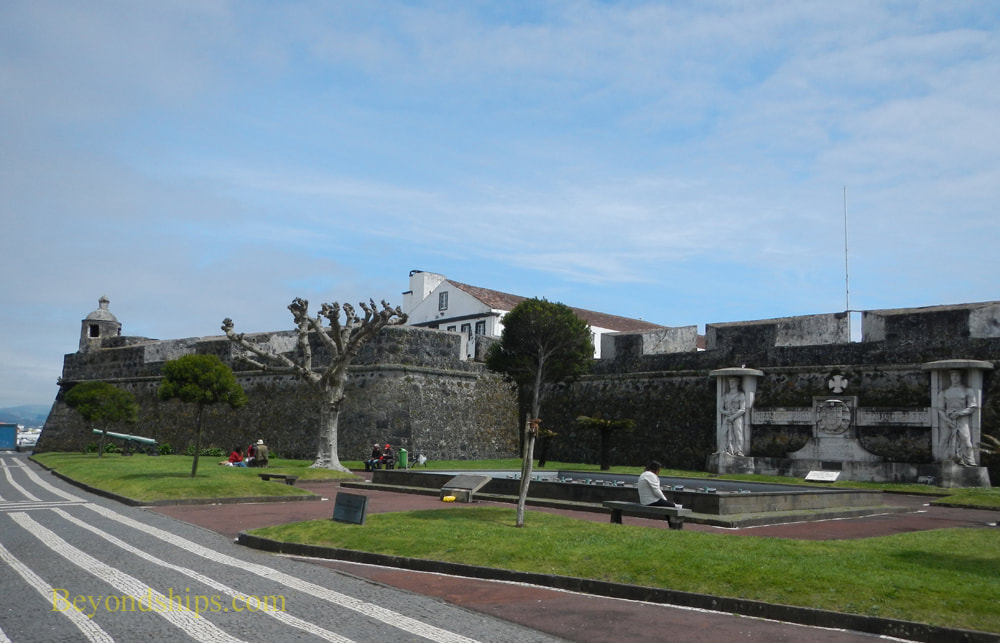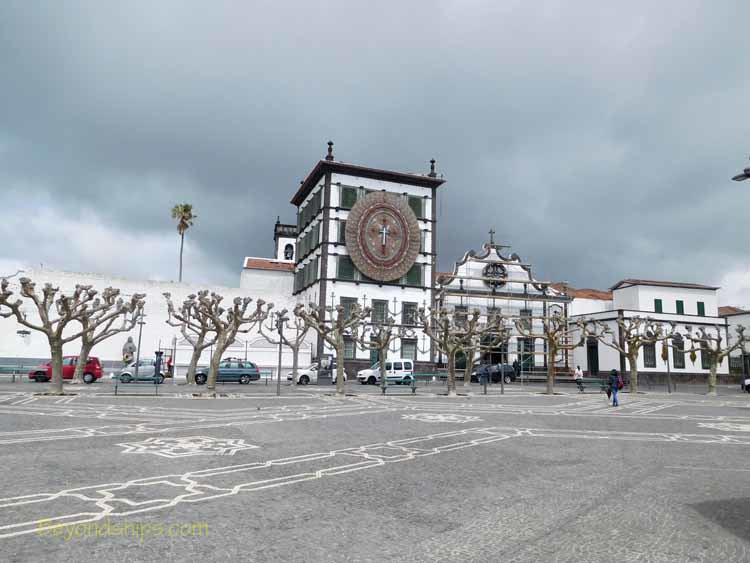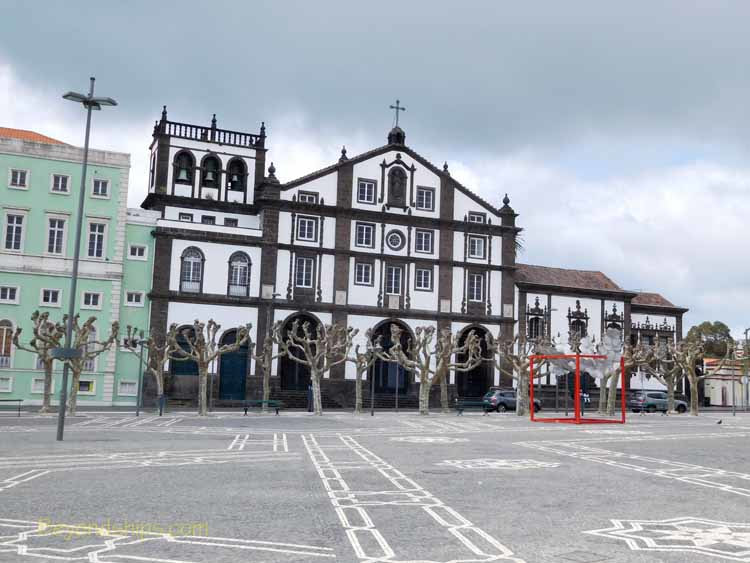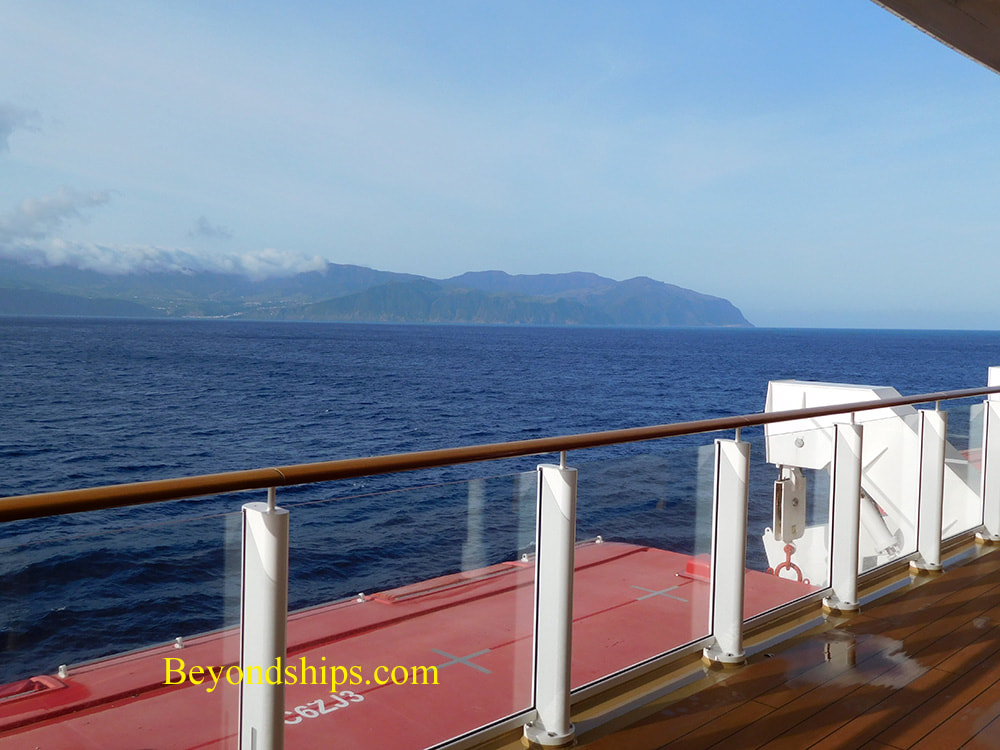OVERVIEW
Above left: Convento de Nossa Senhora da Esperanza in Ponta Delgada dates from 1545 and is a spititual center of the islands. Pope Paul III donated a statute of Christ to the convent in the 15th century that is still carried in religious processions each Spring.
Above right: The Church of Sao Jose is in the same square as the convent. It was once part of a 17th century Franciscan monastery and has Mannerist and Baroque features.
Above right: The Church of Sao Jose is in the same square as the convent. It was once part of a 17th century Franciscan monastery and has Mannerist and Baroque features.
Above: The coastline of Sao Miguel has towering cliffs that plunge into the sea.
|
|
For more about cruising to The Azores
Click here for our page on The Azores cruise port Click here for our page on visiting Sete Cidades Click here for our page on the gardens of Ponta Delgada |
|
|
|
Cruise destination - The Azores - Overview
